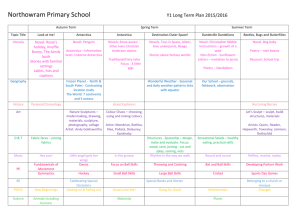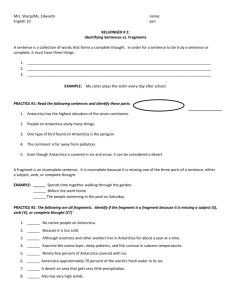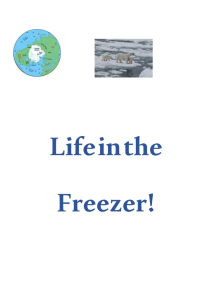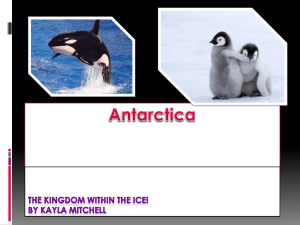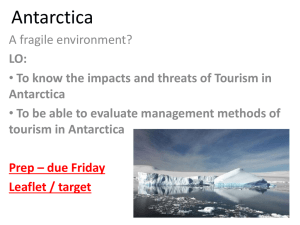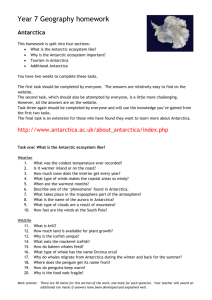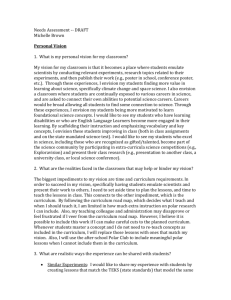Antarctica
advertisement
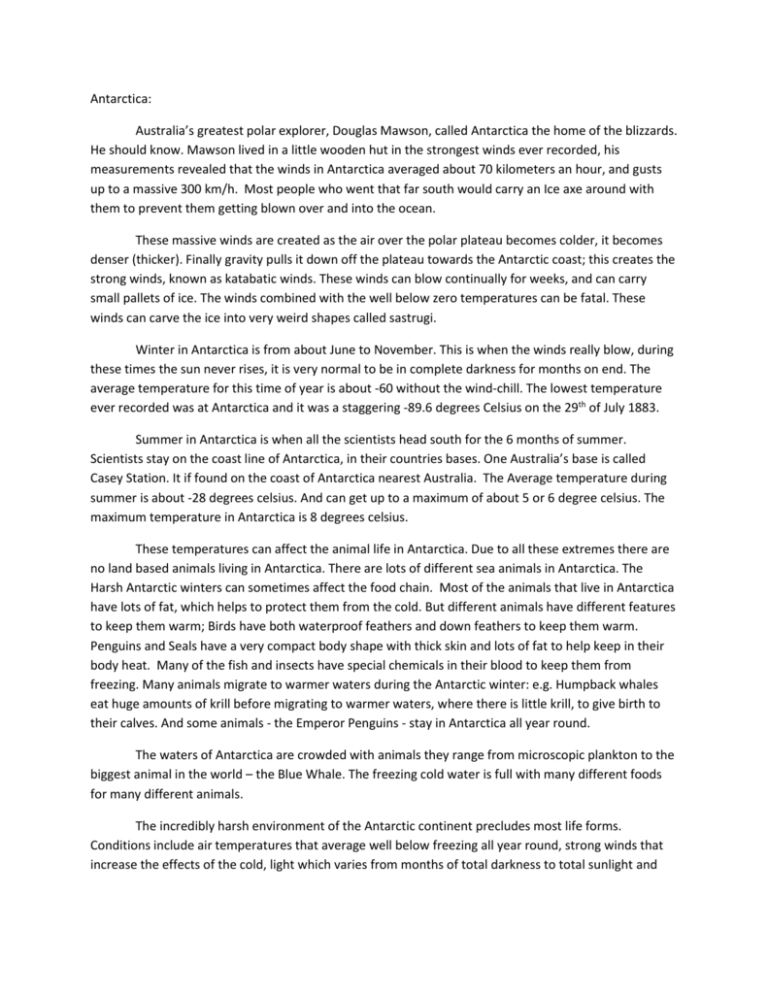
Antarctica: Australia’s greatest polar explorer, Douglas Mawson, called Antarctica the home of the blizzards. He should know. Mawson lived in a little wooden hut in the strongest winds ever recorded, his measurements revealed that the winds in Antarctica averaged about 70 kilometers an hour, and gusts up to a massive 300 km/h. Most people who went that far south would carry an Ice axe around with them to prevent them getting blown over and into the ocean. These massive winds are created as the air over the polar plateau becomes colder, it becomes denser (thicker). Finally gravity pulls it down off the plateau towards the Antarctic coast; this creates the strong winds, known as katabatic winds. These winds can blow continually for weeks, and can carry small pallets of ice. The winds combined with the well below zero temperatures can be fatal. These winds can carve the ice into very weird shapes called sastrugi. Winter in Antarctica is from about June to November. This is when the winds really blow, during these times the sun never rises, it is very normal to be in complete darkness for months on end. The average temperature for this time of year is about -60 without the wind-chill. The lowest temperature ever recorded was at Antarctica and it was a staggering -89.6 degrees Celsius on the 29th of July 1883. Summer in Antarctica is when all the scientists head south for the 6 months of summer. Scientists stay on the coast line of Antarctica, in their countries bases. One Australia’s base is called Casey Station. It if found on the coast of Antarctica nearest Australia. The Average temperature during summer is about -28 degrees celsius. And can get up to a maximum of about 5 or 6 degree celsius. The maximum temperature in Antarctica is 8 degrees celsius. These temperatures can affect the animal life in Antarctica. Due to all these extremes there are no land based animals living in Antarctica. There are lots of different sea animals in Antarctica. The Harsh Antarctic winters can sometimes affect the food chain. Most of the animals that live in Antarctica have lots of fat, which helps to protect them from the cold. But different animals have different features to keep them warm; Birds have both waterproof feathers and down feathers to keep them warm. Penguins and Seals have a very compact body shape with thick skin and lots of fat to help keep in their body heat. Many of the fish and insects have special chemicals in their blood to keep them from freezing. Many animals migrate to warmer waters during the Antarctic winter: e.g. Humpback whales eat huge amounts of krill before migrating to warmer waters, where there is little krill, to give birth to their calves. And some animals - the Emperor Penguins - stay in Antarctica all year round. The waters of Antarctica are crowded with animals they range from microscopic plankton to the biggest animal in the world – the Blue Whale. The freezing cold water is full with many different foods for many different animals. The incredibly harsh environment of the Antarctic continent precludes most life forms. Conditions include air temperatures that average well below freezing all year round, strong winds that increase the effects of the cold, light which varies from months of total darkness to total sunlight and the Antarctic is covered by ice (98% of it anyway). Given these conditions, it is surprising anything lives on the continent. Only tiny and primitive plants and animals can cope with these extremes < < < < SOME PICTURE S > > > >


